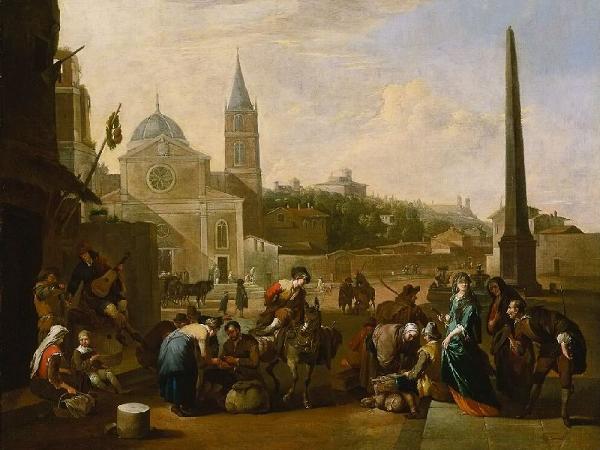Minneapolis Institute of Arts. Home to more than 90,000 works of art representing 5,000 years of world history, the Minneapolis Institute of Art is a fine arts museum located in Minneapolis, Minnesota. Among its holdings are Lucretia by Rembrandt, Goya's Self Portrait with Doctor Arrieta, and Ring Girl by Suellen Rocca. Its permanent collection includes world-famous works that embody the highest levels of artistic achievement, spanning about 20,000 years and representing the world's diverse cultures across six continents. The museum has seven curatorial areas: Arts of Africa & the Americas; Contemporary Art; Decorative Arts, Textiles & Sculpture; Asian Art; Paintings; Photography and New Media; and Prints and Drawings. Mia is one of the largest arts educators in Minnesota. More than a half-million people visit the museum each year, and a hundred thousand more are reached through the museum's Art Adventure program for elementary schoolchildren. The museum's free general admission policy, public programs, classes for children and adults, and award-winning interactive media programs have helped to broaden and deepen this museum's roots in the communities it serves. The Minneapolis Society of Fine Arts was established in 1883 to bring the arts into the life of the community. This group, made up of business and professional leaders, organized art exhibits throughout the decade. In 1889, the Society, now known as the Minneapolis Institute of Art, moved into its first permanent space, inside the newly built Minneapolis Public Library. The institute received gifts from Clinton Morrison and William Hood Dunwoody, among others, for its building fund. In 1911, Morrison donated the land, formerly occupied by his family's Villa Rosa mansion, in memory of his father, Dorilus Morrison, contingent on the institute's raising the $500,000 needed for the building. A few days later the institute received a letter from Dunwoody, who got the ball rolling: Put me down for $100,000. A fundraising dinner a few days later brought in $335,500, donated in 90 minutes. The new museum, designed by the firm of McKim, Mead and White, opened in 1915. The building came to be recognized as one of the finest examples of the Beaux-Arts architectural style in Minnesota. The art historian Bevis Hillier organized the exhibition Art Deco at the museum, presented from July to September 1971, which caused a resurgence of interest in this style of art. The building was originally meant to be the first of several sections, but only the front piece built. Several additions have subsequently been built according to other plans, including a 1974 addition by Kenzo Tange. An expansion designed by Michael Graves was completed in June 2006. Before the latest expansion, just 4 percent of the museum's nearly 100,000 objects could be on view at the same time; now that figure is 5 percent. Target Corporation, for which the new wing is named, was the biggest donor, with a lead gift of more than $10 million. In 2015 the Institute rebranded itself, dropping the final s from its name, to become the Minneapolis Institute of Art and encouraging the use of the nickname Mia instead of the acronym MIA. Kaywin Feldman became director and president of the Institute in 2008. During her tenure, attendance doubled, digital access was emphasized, and social justice and equity programs were adopted.
more...














